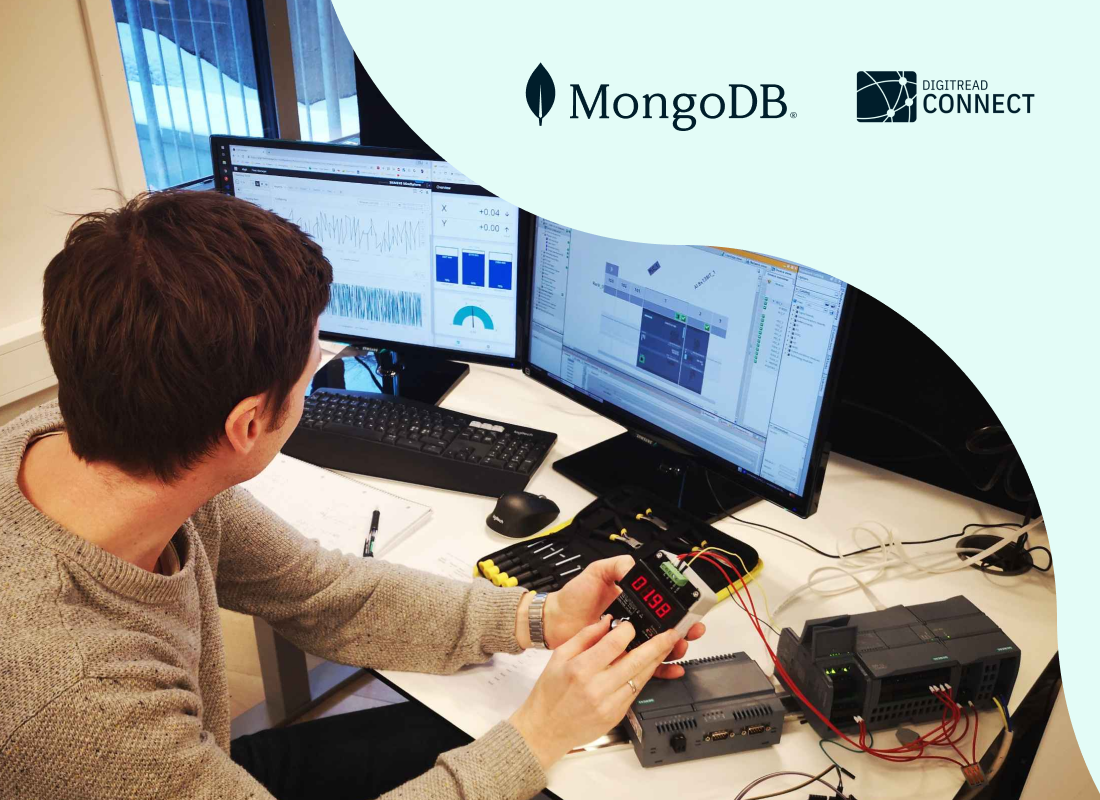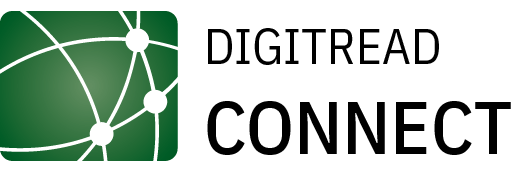Digitread Connect converts industrial IoT data into leading-edge insight with MongoDB and Google Cloud


“Time-series data is our bread and butter, and MongoDB for Time Series made it simple for us to handle this. We got the solution live for our customers in a very short time.”
Christoffer Lange
CEO, Digitread Connect
CEO, Digitread Connect

“Using MongoDB really showed us that we don't have to worry about all the nitty-gritty details of how to treat the database.”
Christoffer Lange
CEO, Digitread Connect
CEO, Digitread Connect
Take the next step
Get access to all the tools and resources you need to start building something great when you register today.
.svg)